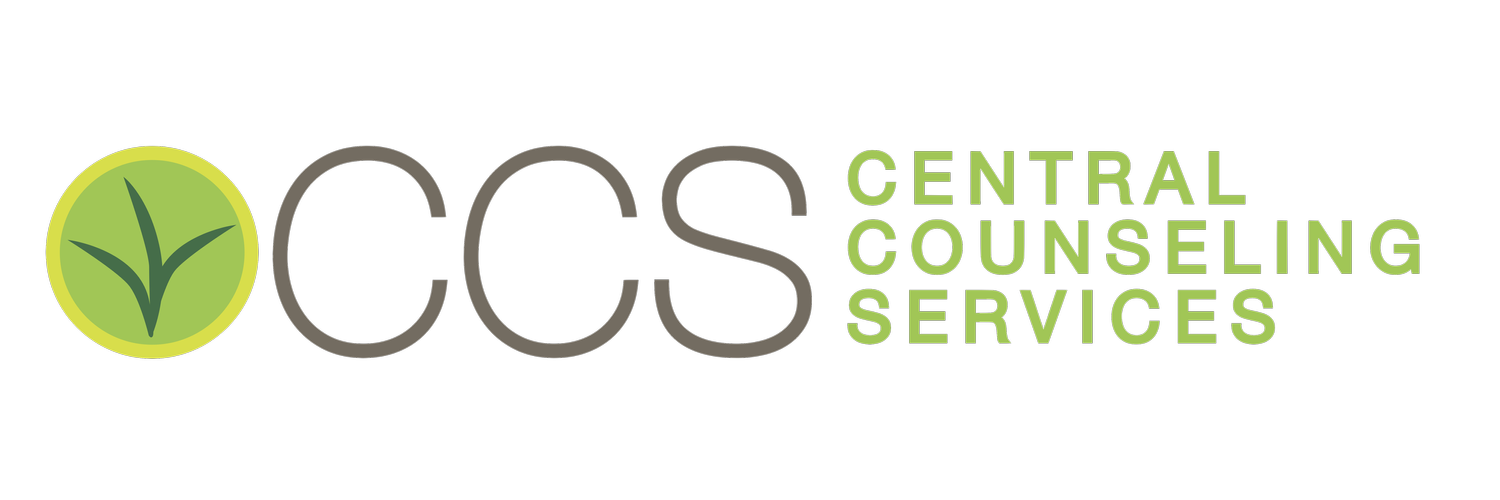Blog

Back-to-School Success: Creating Routines That Reduce Stress for Parents and Kids
Back-to-school chaos eases with solid routines. Bedtime, mornings, and homework habits bring calm and confidence

Addiction, When it's fixable…
Addiction is more than drugs or alcohol—it’s any habit that harms your life when it controls you. Recovery isn’t one-size-fits-all; it’s about finding the right fit, building commitment, and not letting stigma keep you from change. It’s okay to ask for help and choose a better path forward.

The Secret to Personal Growth: Why Therapy Works
Therapy: A Path to Personal Growth
Life’s challenges can leave us feeling stuck or overwhelmed, but therapy offers a way forward—a space to heal, grow, and uncover your full potential. Personal growth is an ongoing journey of self-awareness and transformation, and therapy serves as a powerful tool in that process.
Through therapy, you can gain clarity about your emotions, identify and break unhelpful patterns, and build resilience to face life’s hurdles with confidence. It provides a safe, judgment-free environment where you can explore your thoughts, develop healthier coping mechanisms, and strengthen your relationships—both with others and yourself.
Growth doesn’t end when the session is over. Therapy equips you with tools that extend beyond the therapist’s office, like journaling, mindfulness, and self-care practices that help you navigate everyday life. Whether you’re seeking to heal from past experiences, overcome present struggles, or invest in your future, therapy offers a structured and supportive way to reach your goals.
Therapy isn’t just about fixing problems; it’s about discovering your strengths and empowering you to create a fulfilling life. No matter where you’re starting, your journey of personal growth begins with taking that first step. Therapy can help you make it.




